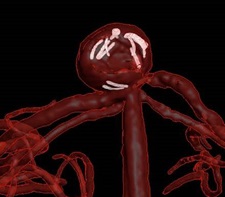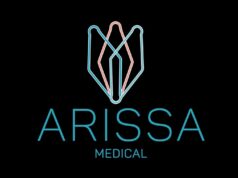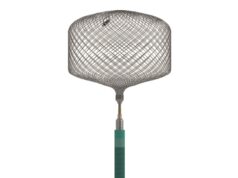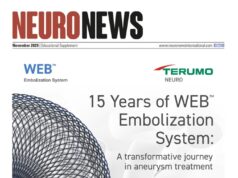
Arissa Medical has announced the third enrolment of patients into its Syntra study—an early feasibility pilot study evaluating the safety and efficacy of the company’s Syntra device for the treatment of irregular, wide-necked sidewall and wide-necked bifurcation cerebral aneurysms.
Third-cohort cases in the study were successfully performed at Instituto de Neurocirugía Dr Alfonso Asenjo in Santiago, Chile by interventional neuroradiology (INR) principal investigator Juan Gabriel Sordo.
According to an Arissa press release, Gary Duckwiler (University of California Los Angeles [UCLA] Medical Center, Los Angeles, USA) and Luis Augusto Lemme (Buenos Aires, Argentina)—who were involved in preclinical evaluations and were present for the first clinical cases—have confirmed the ease of use and ability to deliver, retrieve and redeploy the device into aneurysms with acute take-offs from the parent vessel. The release adds that the Syntra device has been able to control these wide-necked aneurysms and prevent subsequent herniation of coils into the parent artery, which is “a major issue with these difficult aneurysms”. There have been no technical failures and patients are doing well clinically, Duckwiler and Lemme further noted.
The Syntra device is a novel, adjunctive ‘framing’ scaffold endoskeleton structure designed to facilitate enhanced intrasaccular neck coverage, reducing wide-necked diameter and enabling stable adjunctive coiling to achieve optimal packing density and volume for intrasaccular blood flow-attenuated embolisation treatment in cerebral unruptured and ruptured aneurysm cases. Arissa claims that, because Syntra is a purely intrasaccular device, the use of dual antiplatelet medication alongside it is not necessary.
The company’s recent release also states that, while bare platinum coils “remain as the gold standard for intracranial aneurysm treatment”, its hope is that the Syntra device can “change the way operators treat aneurysms as part of a new adjunctive standard of care”—providing them with an alternative technology through which they can achieve improved results in the treatment of difficult, wide-necked cerebral aneurysms.









